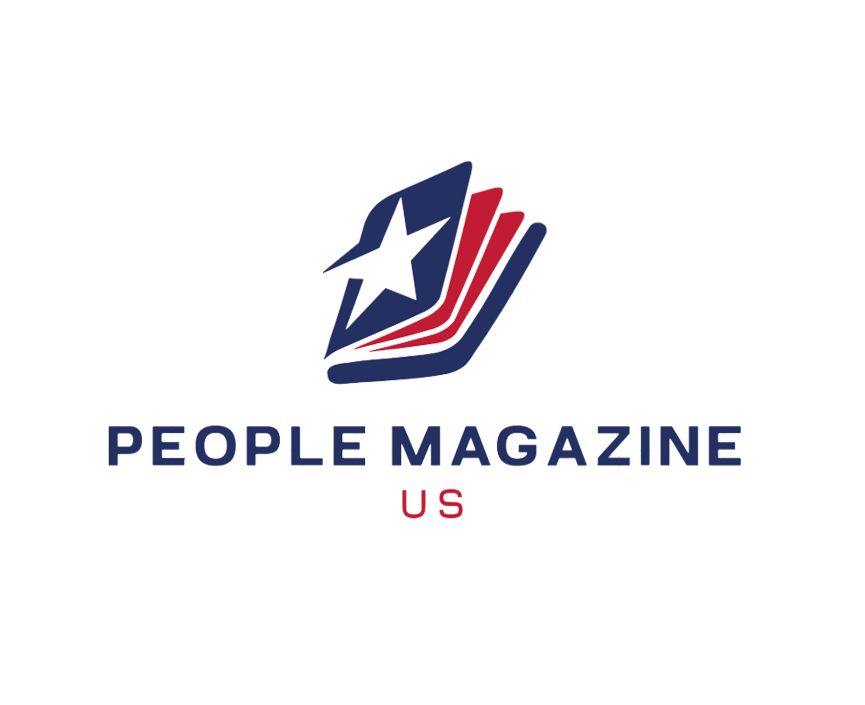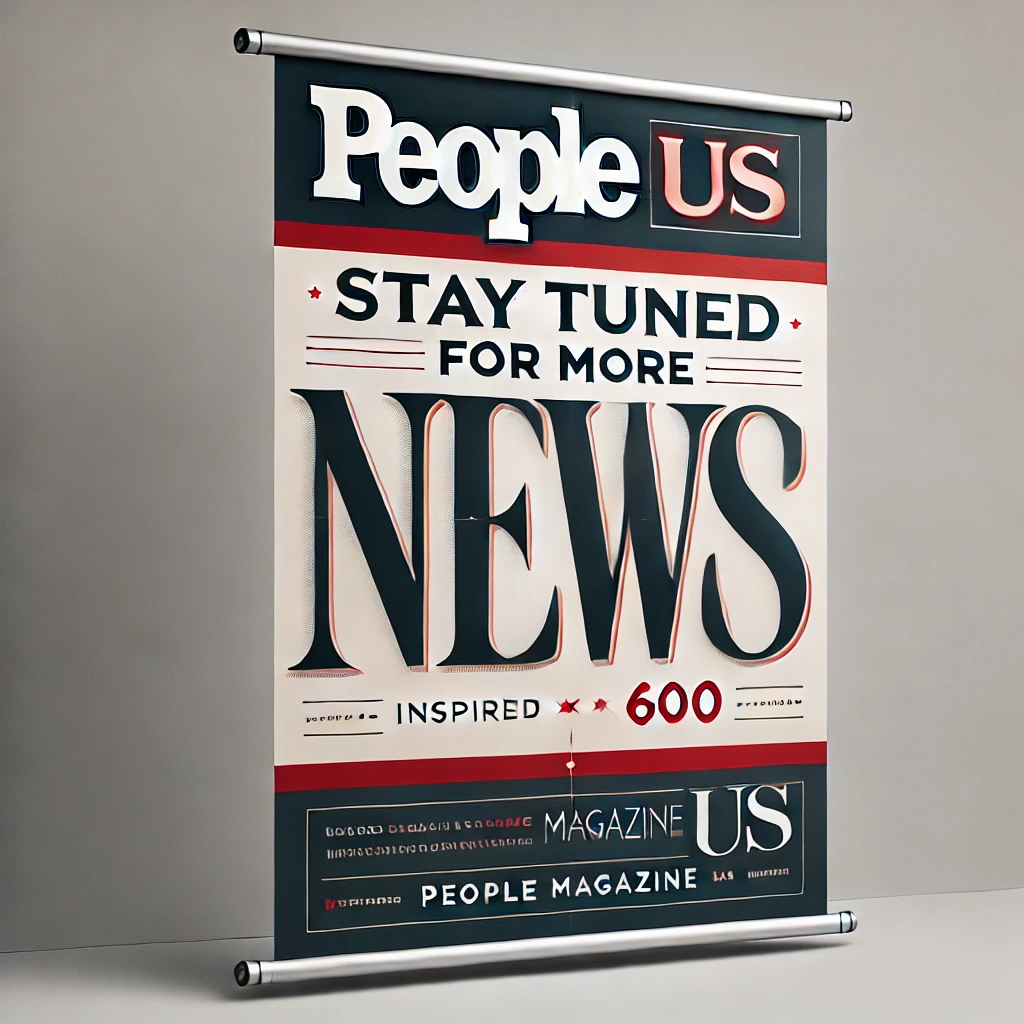The New York Times (NYT), a venerable institution in American journalism, has long been a bastion of news, analysis, and commentary. However, like any influential media outlet, it is not immune to criticism. In recent times, a chorus of voices has raised concerns and objections, often accusing the NYT of various biases, sensationalism, and a perceived lack of objectivity. This article aims to delve into some of the common goads directed at the New York Times, critically examining the validity of these claims.
Allegations of Bias:
One of the most common critiques leveled against the New York Times is the accusation of bias in its reporting. Critics argue that the paper tends to lean left in its coverage, particularly on social and political issues. While the NYT has historically been associated with a liberal editorial stance, it is crucial to distinguish between editorial perspectives and news reporting. The Times has made efforts to maintain a clear line between its news and opinion sections, with the latter explicitly labeled as such. However, the challenge lies in ensuring that this distinction is consistently upheld, and critics argue that there have been instances where editorial biases may have seeped into news reporting.
Sensationalism and Clickbait:
In the age of digital media, the quest for online engagement and clicks has become a paramount concern for many news organizations. Critics of the New York Times often point to instances where headlines are accused of being sensationalized or crafted for clickbait purposes. While the NYT, like other media outlets, faces the pressure to generate online traffic, it is essential to evaluate whether such practices compromise the integrity of the news. Sensational headlines can potentially distort the actual content of a story, leading to misinterpretations and a skewed understanding of events.
Handling Controversial Figures:
The New York Times has been criticized for its approach to covering and profiling controversial figures, particularly in the realm of politics. Some argue that the paper tends to focus excessively on certain personalities, giving them a disproportionate amount of coverage. Critics contend that this approach contributes to the polarization of public discourse by amplifying the voices of divisive figures. On the other hand, defenders of the NYT argue that covering controversial figures is a part of responsible journalism, as it helps the public understand the perspectives and actions of influential individuals, even if they may be polarizing.
Diversity and Representation:
Diversity and representation in newsrooms have become increasingly important topics in contemporary media discussions. Critics have accused the New York Times of not doing enough to ensure diverse perspectives are adequately represented in its reporting. The lack of diversity, both in terms of race and ideological background, in newsrooms can influence the framing and portrayal of stories. The NYT, like many other major news organizations, has made efforts to address this issue, but the effectiveness of these initiatives is an ongoing point of contention.
Handling Corrections:
No news organization is infallible, and mistakes are bound to happen. The crucial aspect lies in how these mistakes are handled. The New York Times, despite its reputation for high journalistic standards, has faced criticism for the way it handles corrections. Some argue that corrections are buried or not given the same prominence as the original erroneous stories. The transparency and accountability of a news outlet are critical to maintaining public trust, and critics argue that the NYT needs to improve its practices in this regard.
Finishing:
The New York Times, with its storied history and influence, remains a subject of intense scrutiny. While criticisms and goads are inevitable for any media organization, it is essential to approach these claims with a critical and discerning eye. The NYT, like any institution, is not without flaws, but it also plays a crucial role in shaping public discourse and providing a platform for diverse voices. As readers, it is our responsibility to engage with media critically, holding news organizations accountable while also recognizing the importance of a free and robust press in a democratic society.



